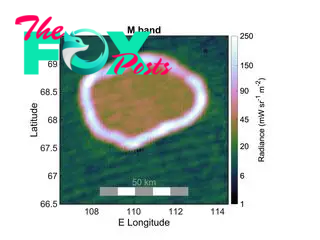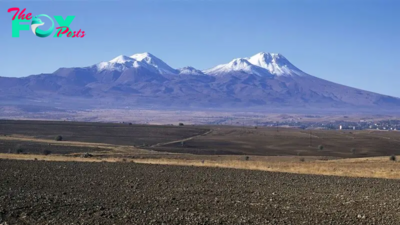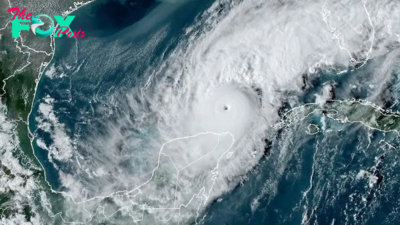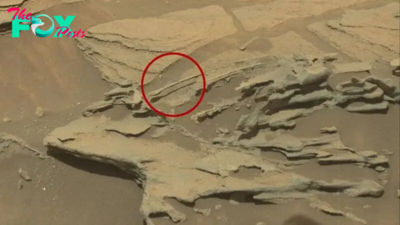Science
NASA's Juno probe reveals 'fire-breathing' lava lakes across Jupiter's volcanic moon Io
NASA's Juno mission might have originally been all about Jupiter, but its extended mission has the spacecraft observing the gas giant's moons — and it's making some pretty interesting discoveries. Its latest find? The Jovian moon Io is covered in "fire-breathing" lava lakes.
Using its Jovian Infrared Auroral Mapper (JIRAM) instrument, a project by the Italian Space Agency originally used to peer beneath Jupiter's thick clouds, Juno has captured infrared images of these lakes peppered across Io's surface, which show hot rings of lava surrounding a cooler crust. In the images, the rings are bright white with a thermal signature between 450 and 1,350 degrees Fahrenheit (232 and 732 degrees Celsius). The rest of the lake is much cooler, measuring at some minus 45 degrees Fahrenheit (minus 43 degrees Celsius).
"We now have an idea of what is the most frequent type of volcanism on Io: enormous lakes of lava where magma goes up and down," Alessandro Mura, a Juno co-investigator from the National Institute for Astrophysics in Rome, said in a statement. "The lava crust is forced to break against the walls of the lake, forming the typical lava ring seen in Hawaiian lava lakes."
The leading hypothesis is that magma undergoes upwelling in these lava lakes, causing the lakes to rise and fall. When the crust touches the lake's walls — which can be hundreds of meters tall — the friction causes it to break, exposing the lava along the edge of the lake.
RELATED: NASA reveals 'glass-smooth lake of cooling lava' on surface of Jupiter's moon Io
A secondary hypothesis suggests that magma wells up in the middle of the lake, pushing the crust outward until it sinks along the edge of the lake, again exposing the lava and forming those lava rings.

—Space photo of the week: An eerie look at Io, the most volcanic world in the solar system
—Uranus and Neptune aren't made of what we thought, new study hints
—James Webb Space Telescope spies strange shapes above Jupiter's Great Red Spot
Researchers still have much to study on Io, particularly when it comes to Juno's infrared imagery. "We are just starting to wade into the JIRAM results from the close flybys of Io in December 2023 and February 2024," Scott Bolton, principal investigator for Juno at the Southwest Research Institute in San Antonio, said in the statement. "Combining these new results with Juno’s longer-term campaign to monitor and map the volcanoes on Io’s never-before-seen north and south poles, JIRAM is turning out to be one of the most valuable tools to learn how this tortured world works."
-

 Science1w ago
Science1w agoYou Won’t Want to Miss October’s Rare Comet Sighting. Here’s How and When You Can See It
-

 Science3w ago
Science3w agoA New Spacecraft Could Help Determine if There’s Life on a Moon of Jupiter
-

 Science3w ago
Science3w agoWe Can Thank Deep-Space Asteroids for Helping Start Life on Earth
-

 Science3w ago
Science3w agoStranded Astronauts Set to Come Home After SpaceX Capsule With Extra Seats Reaches ISS
-

 Science3w ago
Science3w ago'Every volcano has its own personality': Mystery Mount Adams earthquake surge under investigation
-

 Science3w ago
Science3w agoEarth's crust may be building mountains by dripping into the mantle
-

 Science3w ago
Science3w agoHow strong can hurricanes get?
-

 Science3w ago
Science3w ago32 things on Mars that look like they shouldn't be there



























